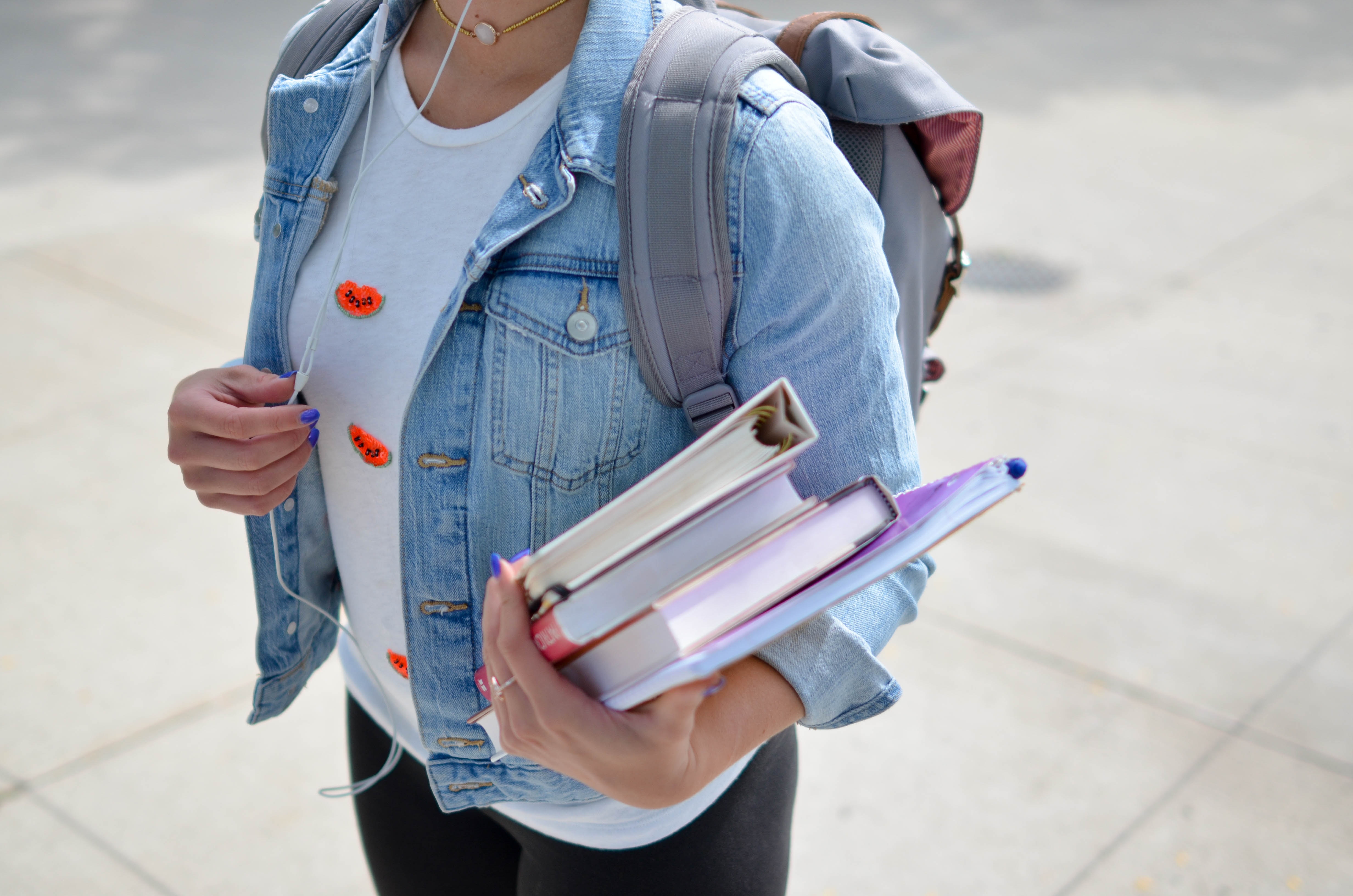
[Flash] Leaders Who Love, Not Lovers Who Lead
Since rescuing my second dog, I’ve been watching Cesar Millan’s show Dog Whisperer to learn how to manage an additional 65 pounds of fur in my house.
On a recent episode, Cesar was scolding his client, “Dogs need leaders who love, not lovers who lead.”
So do people! Whether we are the boss, a parent, or both, our people are also best served when we are leaders who love, not lovers who lead.
While they desire a trusting relationship sprinkled with fun and frivolity, our people also crave our leadership, to direct the way while also challenging them to become bigger, better, bolder versions of themselves.
Which one are you?
A Leader who Loves…
- Communicates a vision for the future that emboldens others
- Respects and is respected
- Makes decisions after involving appropriate parties
- Holds people accountable to their commitments
- Offers opportunities to challenge and develop others
- Listens to understand
- Empowers and expects people to solve their own problems
- Communicates with radical candor
- Takes action unapologetically
- Mentors their people
A Lover who Leads…
- Lacks clear direction, challenged to identify (or drive) the important in the chaos of the urgent
- Wants to be liked
- Struggles to make decisions that impact others
- Avoids difficult conversations and confrontations
- Fears delegating, because it might be seen as dumping
- Listens to fix problems
- Rescues people
- Avoids giving feedback to avert the potential of hurt feelings
- Apologizes while taking action or disagreeing
- Befriends people (doesn’t feel confident mentoring them)
Steve Jobs once said, “If you want to make people happy, don’t be a leader. Sell ice cream.” (And if he had been talking about my dogs, he would have said, “Give lots of treats.”)
![]()








